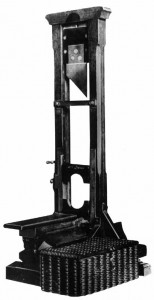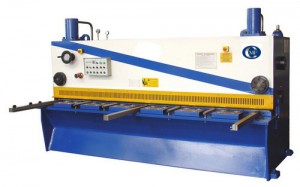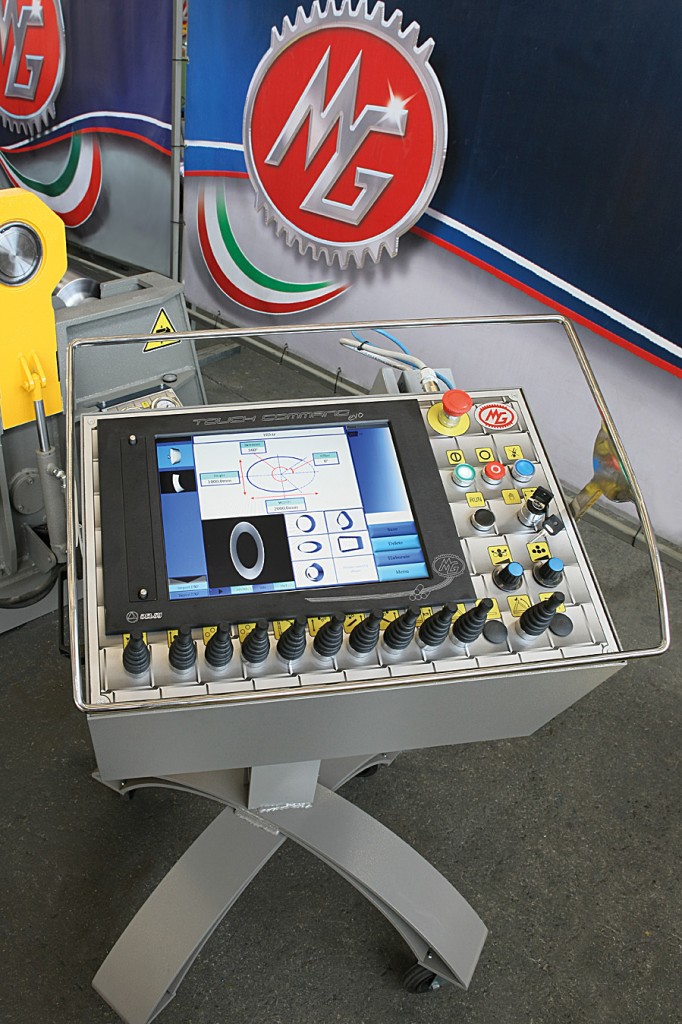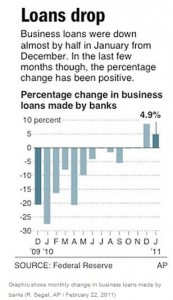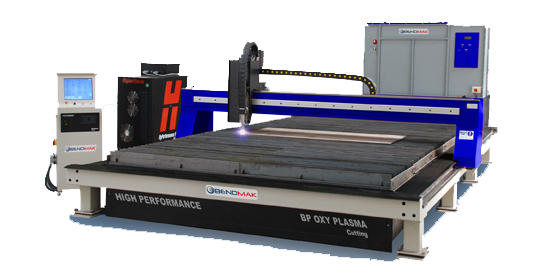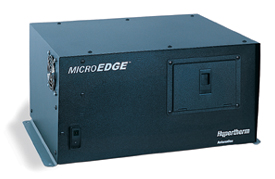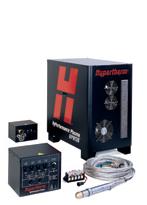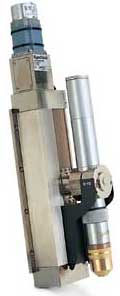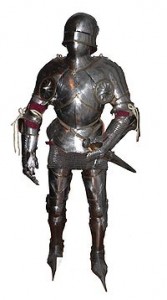Manufacturers expanded at the fastest pace in nearly seven years last month, but a sudden rise in the price of raw materials could threaten their profits.
The Institute for Supply Management said Tuesday that its index of manufacturing activity rose to 61.4 in February, up from 60.8 the previous month. That’s the highest reading since it reached the same level in May 2004. The index bottomed out at 33.3 in December 2008, its lowest point in nearly 30 years.
Any reading above 50 indicates expansion. The manufacturing sector has expanded for 19 months.
The rebound in manufacturing is gaining momentum, the report showed. The new orders index rose to a seven-year high. A measure of order backlogs climbed to its highest level in a year. And inventories are shrinking at manufacturers and their customers. All are signs that factory output is likely to keep growing.
“The recovery in the sector is both robust and on track,” said Ian Shepherdson, an economist at High Frequency Economics.
Solid growth overseas, particularly in developing countries such as China, Brazil and India, has also helped by boosting exports. A measure of export orders rose to its highest level in more than 22 years.
And an employment index topped 60 for only the third time in a decade, evidence that manufacturers are adding employees at a rapid clip.
But prices paid for steel, plastics, rubber and other raw materials rose for a third straight month, a sign that increasing production costs could spark higher inflation.
“Growth may not be as robust as we would like because of these rising commodity prices,” said Brian Levitt, an economist at OppenheimerFunds.
High gasoline and food prices reduce the amount of money consumers can spend on discretionary items such as computers and other electronics. Manufacturers may also eat some of the higher costs, which would cut into profit margins, Levitt said.
“While there are many positive indicators, there is also concern as industries related to housing continue to struggle and the prices index indicates significant inflation of raw material costs across many commodities,” said Norbert Ore, chairman of the institute’s survey committee.
The price of materials is another challenge for the struggling construction industry. The Commerce Department said Tuesday that spending by builders fell in January to a seasonally adjusted annual rate of $791.8 billion.
That’s slightly above the decade low of $791.5 billion in August, and about half of the $1.5-trillion level that economists believe would signal a healthy construction sector. It could take four more years before construction recovers to that level, economists say.
Associated Press
March 1, 2011, 1:30 p.m.


